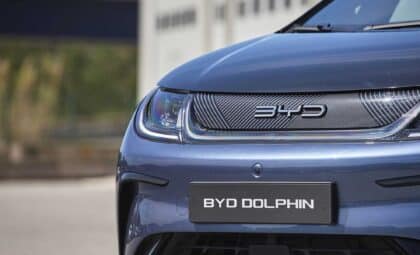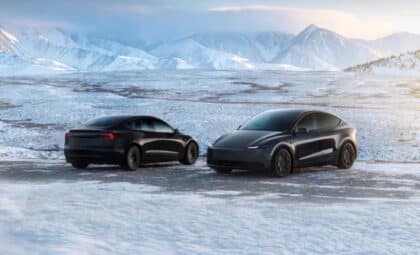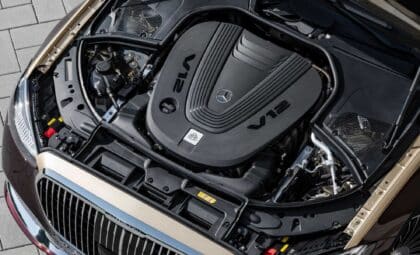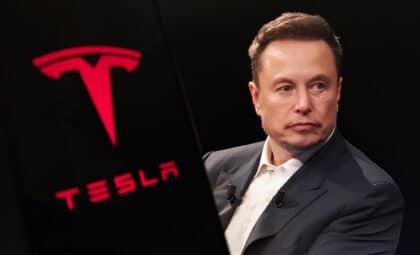Production slowdowns, shifting incentives, and mounting tariffs are shaking the EV landscape. Several manufacturers are now either pulling the plug or putting projects on indefinite pause. In some cases, it’s poor sales performance; in others, the vehicles were likely doomed from the start due to weak market positioning or timing.
This sweeping EV rollback reflects broader industry challenges. Automakers are struggling to find footing in a cooling market shaped by high costs, infrastructure gaps, and policy shifts. Here’s a breakdown of the ten electric cars getting the axe before the 2026 model year.
New Launches That Never Found Their Legs
The Acura ZDX, despite being the brand’s first-ever EV, will bow out after a single model year. Built in partnership with General Motors and based on the Chevrolet Blazer platform, the ZDX offered 313 miles of range in its base trim and up to 499 horsepower in the Type S variant.
Still, the vehicle’s average driving feel and its lack of distinctiveness led Acura to cut its losses. Interestingly, it managed to outsell its predecessor from the 2010s by a considerable margin, with nearly 12,000 units sold in 2025 alone.
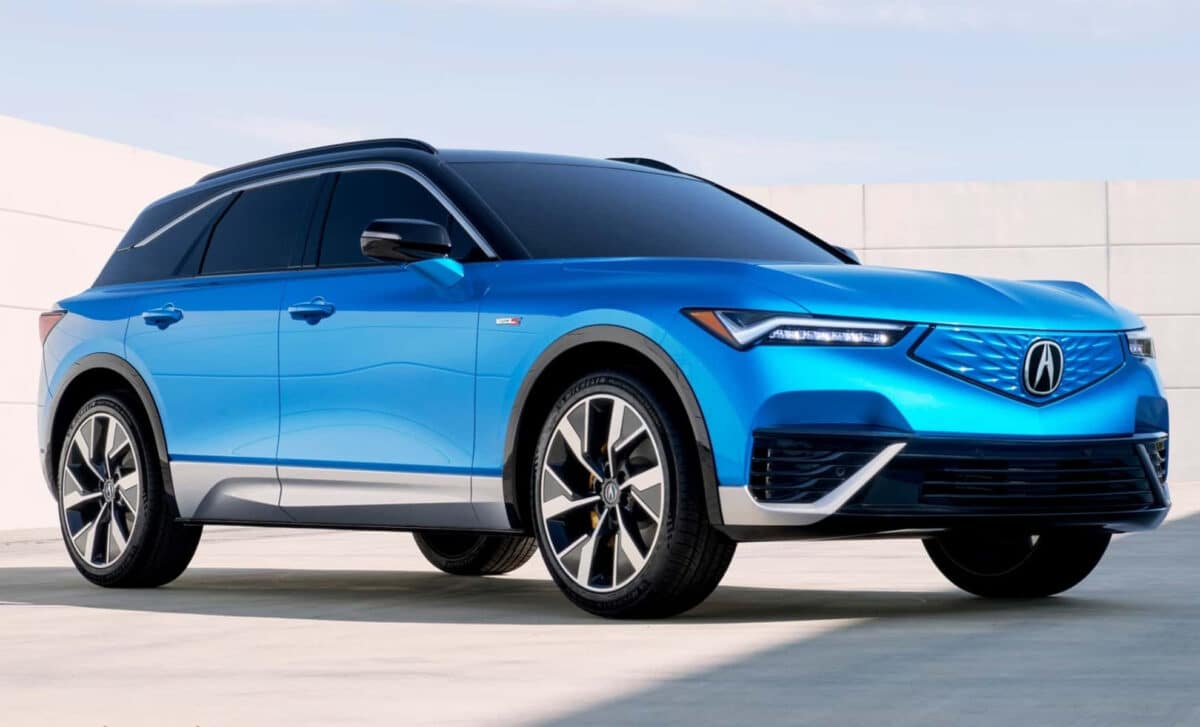
Likewise, the Mercedes-Benz EQB—a compact electric SUV that received minimal fanfare—will end its North American run after 2025. Starting at $54,200, it offered up to 251 miles of range, but its low visibility in the market seems to have hurt its chances. The EQB’s quiet demise marks yet another misstep in Mercedes’ polarizing EQ lineup.
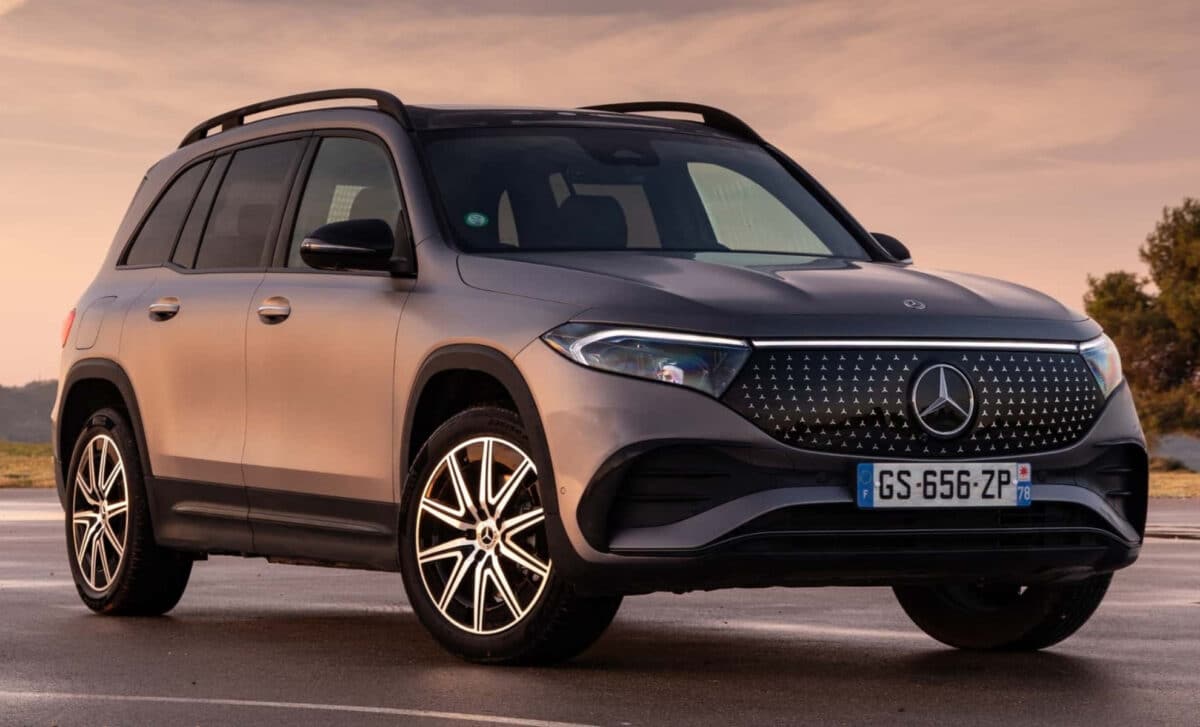
In a more surprising move, Nissan is suspending sales of the Ariya in the US starting 2026. While not officially discontinued, the model is facing an extended pause. With a respectable 289 miles of range and no major technical flaws, the Ariya suffered from slow sales, high competition, and tariffs stemming from its Japanese production origin.
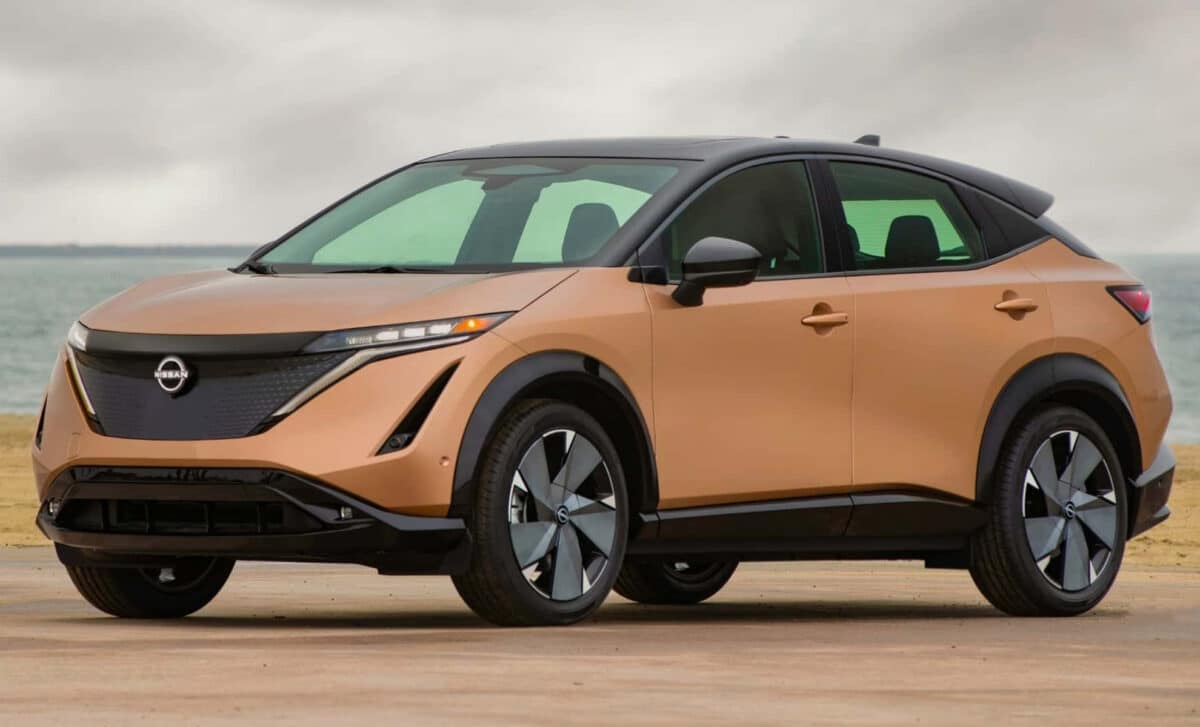
Flagship Dreams Delayed or Canceled
Performance models weren’t spared either. The Dodge Charger SRT Daytona Banshee, a highly anticipated electric muscle car boasting a promised 900 horsepower, has been scrapped before ever hitting the market.
According to an unnamed source quoted by Motor1, the top-tier “Banshee” trim will not move forward. This comes amid poor reception to the standard Charger Daytona, suggesting that Dodge’s attempt to electrify its muscle car icon may have missed its mark entirely.
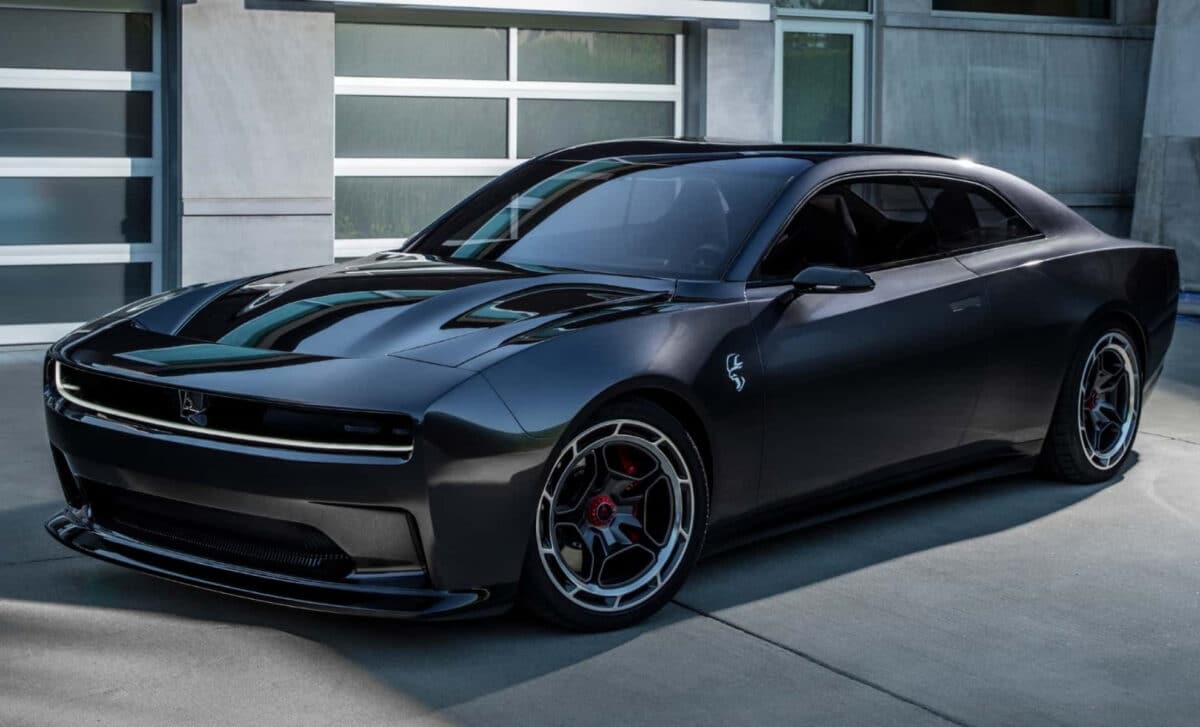
Maserati has also pulled the plug on its planned MC20 Folgore, the electric variant of its flagship supercar. Although details were scarce and the project was low-profile, the company instead revealed a facelifted version of the gas-powered MC20 under a new name: MCPura, this may have been the electric model’s intended name.
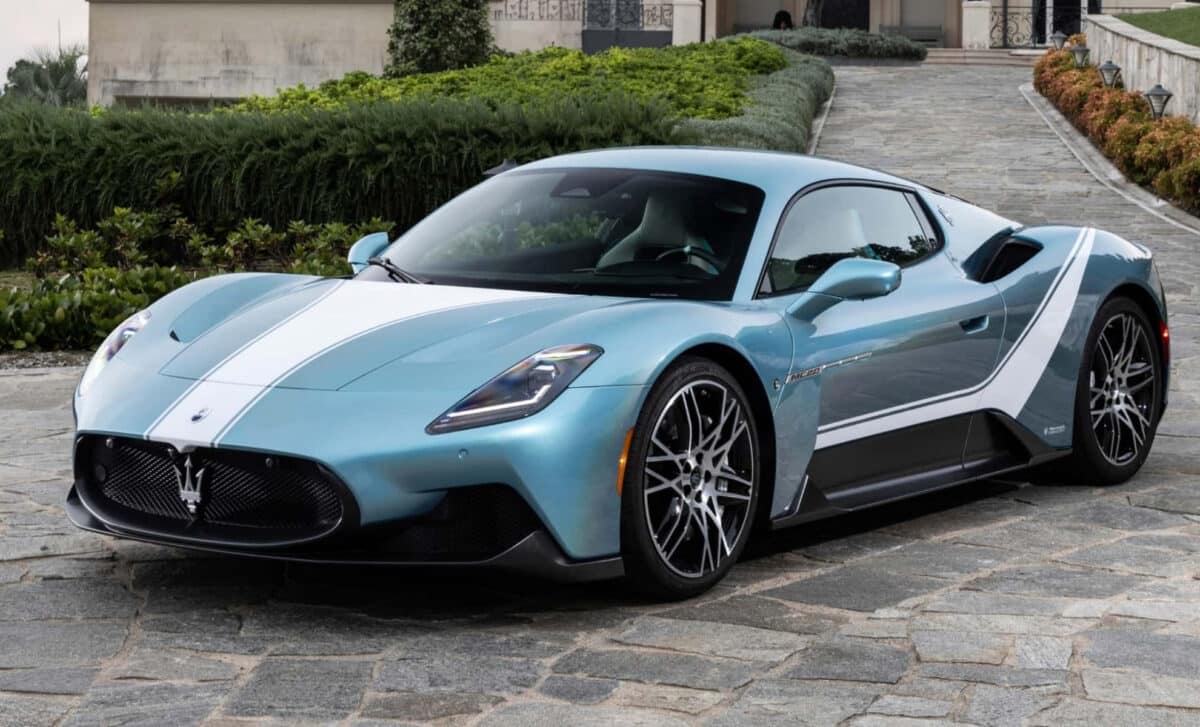
Porsche has delayed its largest electric project to date: a seven-seat flagship SUV internally codenamed K1. Initially set to follow the upcoming Cayenne Electric, this ultra-luxury EV has now been pushed back in favor of plug-in hybrid and combustion variants. The K1 was meant to showcase Porsche’s new 900-volt charging architecture, but its debut has been postponed as part of a larger strategy shift announced in September.
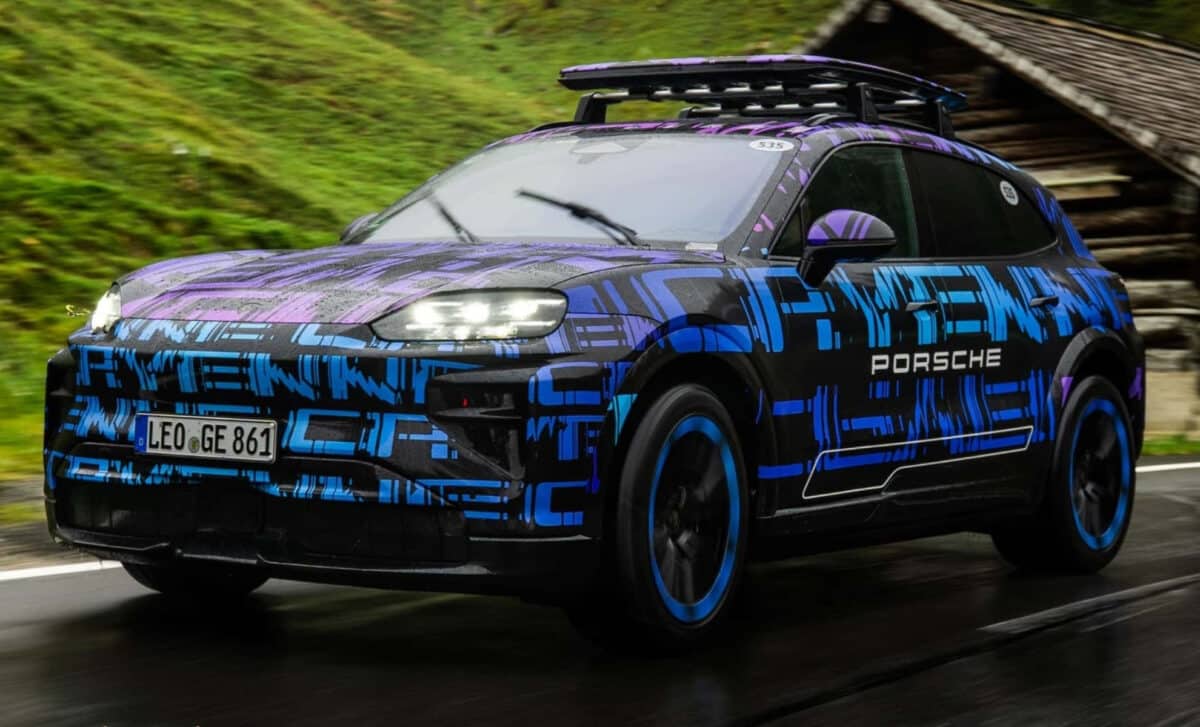
Struggling Brands Face Hard Resets
Not even established luxury EVs were spared. Genesis, the premium arm of Hyundai, is discontinuing its Electrified G80 in the US. A refined alternative to the Tesla Model S with 282 miles of range and 385 horsepower, the e-G80 never caught on.
Sold only in select states and underpromoted, the car quickly disappeared from the American market earlier this year. Its failure highlights the difficulty of competing in the luxury EV space without the branding power of German rivals.
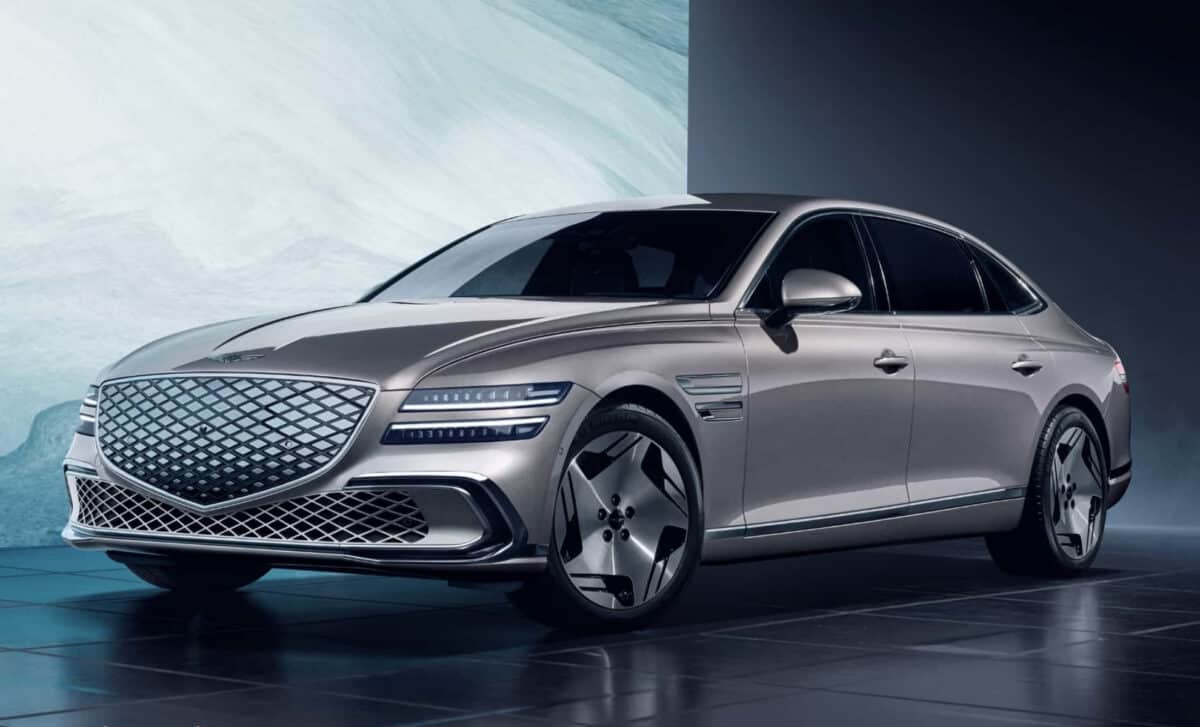
Mercedes-Benz is also suspending US production of the EQE and EQS, including both sedan and SUV versions. As of September 1, no new models are being shipped to North America. These vehicles remain available in other regions, but the pause signals a retreat from the EV strategy the brand had heavily invested in just a few years ago.
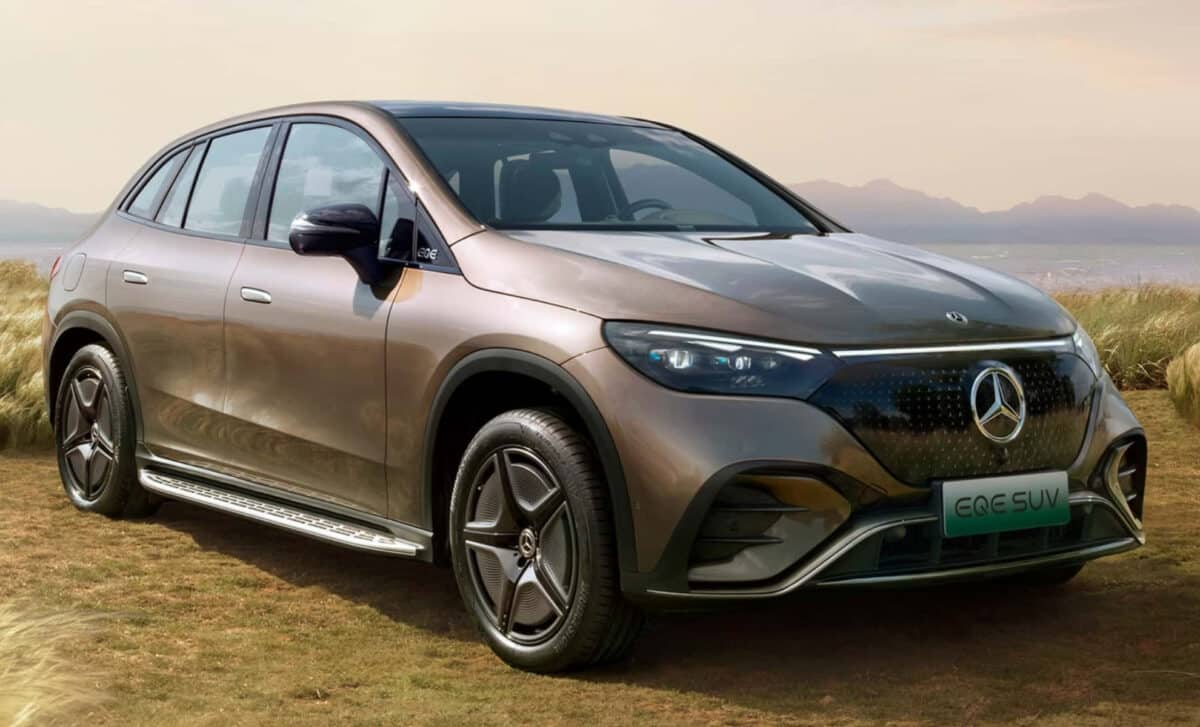
Finally, Polestar has removed its Polestar 2 from its US product lineup. Although the refreshed 2024 model brought meaningful upgrades—including 320 miles of range and improved charging—the China-built sedan is now sidelined due to tariffs. Only pre-owned units are available for purchase on the company’s American website.
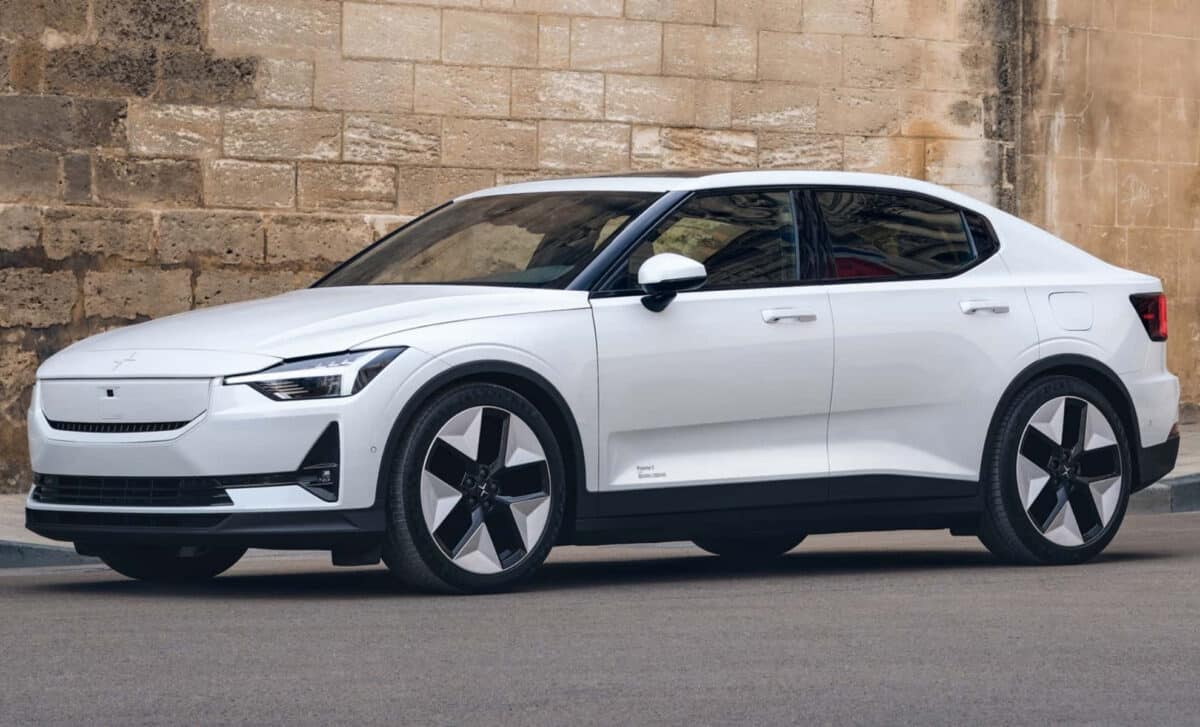
A Shifting Electric Landscape
Not every model was a failure—but in today’s market, “good enough” isn’t enough. Between new tariffs, changing policies, and cooling consumer interest, automakers are choosing to pull back rather than double down. Some brands, like Dodge and Nissan, are focusing on hybrids or revisiting combustion models. Others, like Mercedes, are rethinking their entire EV approach.


